Museo Nacional de Arte Moderno y Contemporáneo en Seúl [MMCA] (국립현대미술관 서울관)
714.0M 2025-04-18
Samcheong-ro 30, Jongno-gu, Seúl
En 2013, el Museo Nacional de Arte Moderno y Contemporáneo [MMCA] abrió un nuevo edificio en Seúl, ubicado en el barrio de Sogyeok-dong, distrito de Jongno-gu. Este museo es especial porque introdujo el concepto de arquitectura tradicional coreana 'madang', que se trata de un espacioso patio que la gente puede visitar. Tiene distintas instalaciones, como un teatro, una galería, una sala multiuso, etc.
Residencia Baek In-je (백인제가옥)
713.2M 2025-04-18
Bukchon-ro 7-gil 16, Jongno-gu, Seúl
La Residencia Baek In-je está situada en Gahoe-dong. Este edificio conserva el estilo moderno de hanok diseñado durante la colonización japonesa. En un terreno amplia de 2.460 ㎡, la vivienda cuenta con habitaciones y jardines alrededor del salón principal. También hay un pequeño espacio separado para el descanso. La casa mantiene la belleza tradicional del propio hanok con remodelaciones. Así, es una de las representaciones arquitectónicas más conocidas del barrio de Bukchon, junto con la Residencia Yoon Bo-seon.
Diversas características destacan la casa construida en pino negral, presentado por primera vez en Seúl durante la Exposición de Gyeongseong en 1907. Por ejemplo, la Residencia Baek In-je está compuesta por un pasillo que une el salón y las habitaciones, lo que es peculiar en comparación con el hanok clásico. Por otro lado, el pasillo al estilo japonés, la habitación con esteras, el empleo de ladrillos rojos y ventanas de cristal reflejan el paisaje de la época. Asimismo, el salón suele ser de un piso, pero está dividido en dos plantas en esta construcción. Siendo un patrimonio cultural, este lugar agrupa toda la hermosura de hanok, permitiendo contemplar del jardín al salón, del patio al interior de la casa y del trasero del inmueble separado.
HiKR Ground (하이커 그라운드)
718.9M 2025-09-01
Cheonggyecheon-ro 40, Jung-gu, Seúl
En el piso 1 encontramos el “HiKR Wall”, una larga pared multimedia en la que se pueden apreciar diversas expresiones de arte multimedial, el Centro de Información de Turismo Médico, y también están en exposición la obra Sindosisansudo, del artista de multimedios Leenam Lee, y videos relacionados con el turismo en Corea enviados en forma pública por fans del Hallyu de todo el mundo. En el piso 2, los visitantes pueden hacer sus propios videos musicales de K-Pop usando el XR Live Studio. Cerca del ventanal que da al arroyo Cheonggyecheon encontramos la impresionante obra artística North Wall, que es una instalación del artista Suh Do-ho. Y en los pisos 3 y 4, los visitantes pueden sumergirse en el turismo local de Corea a través de diversas expresiones artísticas, actividades y exposiciones.
[Aviso de días de cierre y suspensión de programas]
Debido a obras de refacción en el HiKR Ground, todos los pisos quedarán cerrados como se detalla a continuación:
- Días de cierre: 1, 2, 3, 4 y 15 de septiembre de 2025.
- El mostrador de información, que opera todo el año, también estará cerrado durante este período.
- El Café Knotted del piso 5 abre con normalidad.
- Del 1 al 15 de septiembre, todos los programas están suspendidos debido a que el espacio tendrá un uso aparte (incluyendo programas regulares, programas interactivos y visitas guiadas).
- Desde el 5 de septiembre se celebrará el Festival de la Cultura de los Juegos (Game Culture Festival) en el HiKR Ground. Todos los visitantes están invitados a participar.
WeRide (위라이드)
718.9M 2023-08-02
Cheonggyecheon-ro 40, Jung-gu, Seúl
Con los guías turísticos certificados de WeRide, los viajeros pueden experimentar recuerdos inolvidables al andar en bicicleta eléctrica por atracciones escondidas en todo Seúl. "La mejor manera de recorrer Seúl" es el lema de la compañía. El recorrido dura 2 horas y 30 minutos, y los participantes pueden recorrer la ciudad de manera segura con un guía profesional. La diversión de andar en bicicleta eléctrica se suma al atractivo de escuchar las historias del guía sobre la cultura coreana. Para quienes tengan dificultades con la bicicleta, también hay calesas eléctricas. Además, se alquilan bicicletas para ciclistas que quieran viajar por Corea.
Hanboknam (한복남)
765.3M 2025-07-11
Sajik-ro 133-5, Jongno-gu, Seúl
Rito Real Ancestral Daeje de Jongmyo (종묘대제)
773.0M 2025-04-10
Jong-ro 157, Jongno-gu, Seúl
1522-2295
Siendo uno de los primeros en ser registrado en la lista de Patrimonio Cultural Intangible de la Unesco, el Rito Real Ancestral "Jongmyo Jerye" es un Patrimonio Cultural Intangible de Importancia y la Música Ritual Real Ancestral “Jongmyo Jeryeak” es un Patrimonio Cultural Intangible de Importancia de Corea. La combinación de estos valiosos patrimonios es el Daeje de Jongmyo, que se celebra el primer domingo del mes de mayo de cada año. Este evento de gran dimensión y escala. Un total de 1.200 personas intervienen en este gran acontecimiento. El evento más importante es el desfile de la realeza del período Joseon, que parte desde el palacio Gyeongbokgung, pasa por las calles Sejong-ro, Jongno 1(il)-ga, 2(i)-ga, y 3(sam)-ga, hasta llegar al Santuario de la Realeza Jongmyo.
El Rito Ancestral consiste en rendir homenaje a los antepasados del reino, de los reyes y reinas del período Joseon, en la antigüedad se celebraba 5 veces al año, en primavera, otoño, invierno, verano, y en diciembre, pero fue suspendida por la invasión japonesa. Luego se ha restablecido desde el año 1969, teniendo lugar hasta la actualidad, el primer domingo de mayo de cada año.
El Santuario Jongmyo, fue el lugar en donde se celebraba el rito ancestral durante la época Joseon, en un principio era el nombre que se le añadía al lugar en donde se conservaban las tablas ancestrales de los reyes y reinas, pero actualmente descansan en él los príncipes que han muerto antes de llegar al trono, sus reinas correspondientes, y también de otros patriotas que han contribuido en el desarrollo de la nación. El desfile, acontecimiento principal del evento, consiste en el recorrido del Rey y el Príncipe en el carro a caballo, y los supuestos funcionarios hacia el Santuario Jongmyo. La representación está compuesta por toda la marcha completa, por el equipo de seguridad, funcionarios civiles y también los militares. El servicio religioso comprende de tres principales pasos, basados en la doctrina confuciana, el primer paso es el “Recibimiento de Dios”, el segundo paso “Recreación de Dios”, y por último, la “Despedida de Dios”, y, la celebración de estos pasos está acompañado por la Música Ritual Real Ancestral “Jongmyo Jeryeak”, que se llevará a cabo con cantos e interpretaciones musicales de los instrumentos tradicionales. También estará representado por la danza tradicional “Palilmu” que consiste en un baile grupal formado por 64 bailarines.
La Música Ritual Real Ancestral siendo una creación del Rey Sejong, fue designado Patrimonio Cultural Intangible durante el reinado del Rey Sejo, y es la denominación general que se le otorga a todo el conjunto de cantos y bailes que se ejercen durante la celebración del ritual. Entre los principales cantos y bailes que se presentan en este ritual se destacan: el canto “Jongmyoakjang”, cuyas letras se basan en los elogios por los logros civiles y por las hazañas militares de los reyes de Joseon, y entre los bailes están “Botaepyeongjimu”, “Jeongdaeeopjimu”, etc.
Librería Kyobo (교보문고)
776.0M 2021-04-22
Jong-ro 1, Jongno-gu, Seúl.
La librería Kyobo es una librería emblemática de Corea. Se encuentran clasificados por temas aproximadamente 2,3 millones de libros para que todos puedan encontrar el libro que necesitan con facilidad. Este lugar está siempre lleno de gente leyendo y buscando libros. Los fines de semana, personas de todas las edades visitan este lugar. Siendo la librería más grande de Corea, también realiza varios eventos, uno de ellos es el encuentro del público con los autores del “libro del mes”. La librería Kyobo también cuenta con una tienda de productos con personajes animados, una disquería donde podrá comprar y escuchar sus discos favoritos y tienda de artículos de escritorio donde encontrará todo lo que necesita. La sección de libros extranjeros es muy popular, ya que se encuentran variadades de libros escritos en muchos idiomas y puede hacer pedidos de libros que no estén disponibles en el momento.
Plaza Gwanghwamun (광화문광장)
797.3M 2022-07-25
Sejong-daero 172, Jongno-gu, Seúl.
+82-2-120
Inaugurada el 1º de agosto del 2009, la plaza ha sido remodelada como un espacio turístico y recreativo en los alrededores de la Sejong-daero, que se sitúa en el centro de Seúl. El área tiene una historia que data de 600 años.
Durante un largo tiempo, esta calle fue exclusiva para los vehículos, pero con esta última remodelación, ofrece un ambiente especial para las personas. Desde esta plaza se podrá observar el magnífico paisaje del palacio Gyeongbokgung, el monte Bukhansan, etc., y también se ha restaurado la antigua calle Yukjo, para transmitir un ambiente histórico y cultural a los ciudadanos y turistas que la visitan.
La plaza tiene una longitud de 550 m y una anchura de 34 m, se encuentra localizada en el corazón de Seúl. Está clasificada en varios rubros históricos y culturales para el entretenimiento de los visitantes: está el sector de restauración del paisaje de la calle Yukjo, el sector que representa la historia del antiguo Gwanghwamun, el sector cultural para la participación de los ciudadanos, el sector que conecta con el arroyo Cheonggyecheon, etc. Entre las esculturas y establecimientos artísticos famosos están: la estatua del Haetae (criatura mítica coreana), representación del paisaje histórico de la calle Yukjo, la estatua del Gran Rey Sejong, pantallas acuáticas que reflejan los imágenes de la escritura coreana “Hangeul”, etc., entre otras instalaciones tecnológicas y culturales.
Las dos estatuas de grandes dimensiones que representan esta plaza son la del almirante Yi Sun-sin y el Gran Rey Sejong. En los alrededores también se han instalado un estanque y una fuente de agua. La zona que conecta con el arroyo Cheonggyecheon permite el acceso cómodo al palacio Gyeongbokgung y al arroyo. Las aguas subterráneas que brotan de las estaciones de metro de Gyeongbokgung y Gwanghwamun son emitidas hacia el arroyo Cheonggyecheon por medio de un acueducto, y, como la estación de metro está conectada con la parte posterior de la estatua del almirante Yi Sun-sin, los visitantes pueden llegar a la plaza con facilidad. Normalmente, las calles de la plaza son utilizadas para la circulación de los vehículos, pero en caso de festivos nacionales, se restringe el tráfico para disponerlo como área de festivales.
Hwangsaengga Kalguksu (황생가칼국수)
800.3M 2025-05-14
78, Bukchon-ro 5-gil, Jongno-gu, Seoul
Festival de los Faroles de Seúl (서울빛초롱축제)
801.2M 2025-12-31
Taepyeong-ro 1-ga 1, Jung-gu, Seúl.
02-3788-8168
Es un festival internacional de faroles realizado desde el año 2009 en pleno centro de Seúl. Este año, en la edición 2025-2026, habrá unas estructuras iluminadas sobre dos arroyos de la ciudad: Cheonggyecheon y Uicheon.
![Museo Nacional de Arte Moderno y Contemporáneo en Seúl [MMCA] (국립현대미술관 서울관)](http://tong.visitkorea.or.kr/cms/resource/03/2991503_image2_1.jpg)
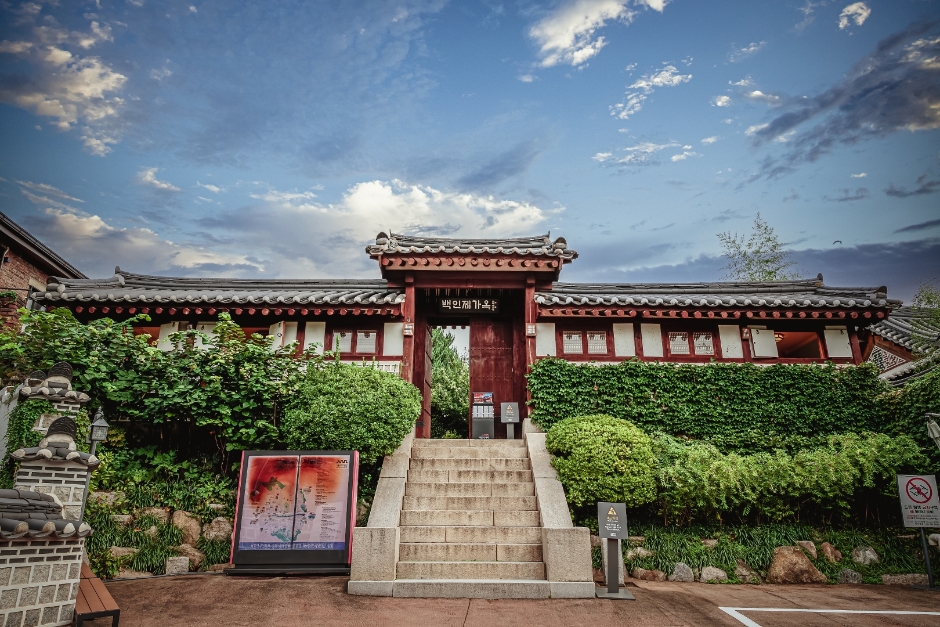
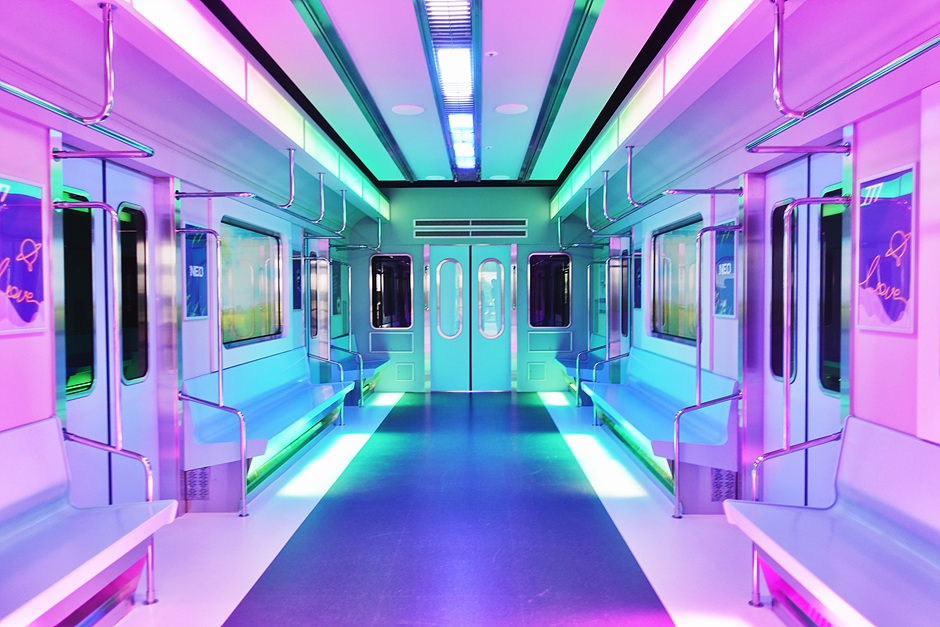

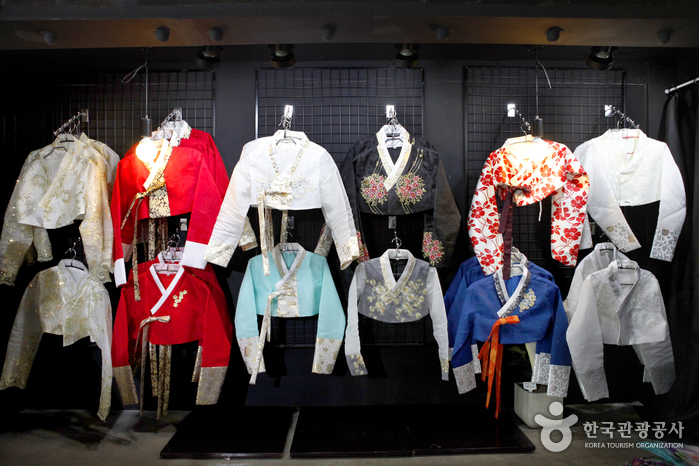
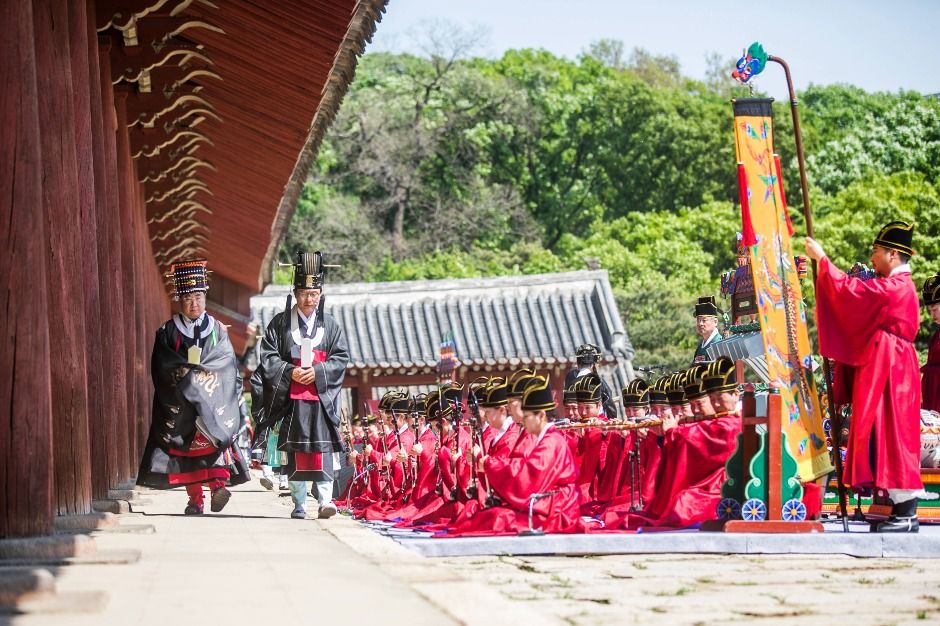
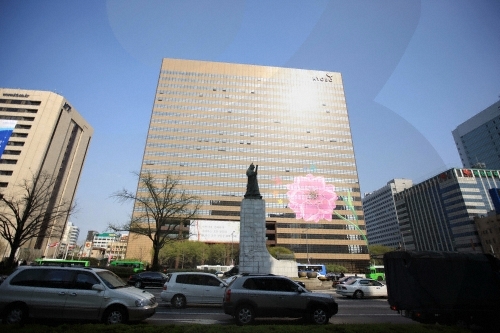
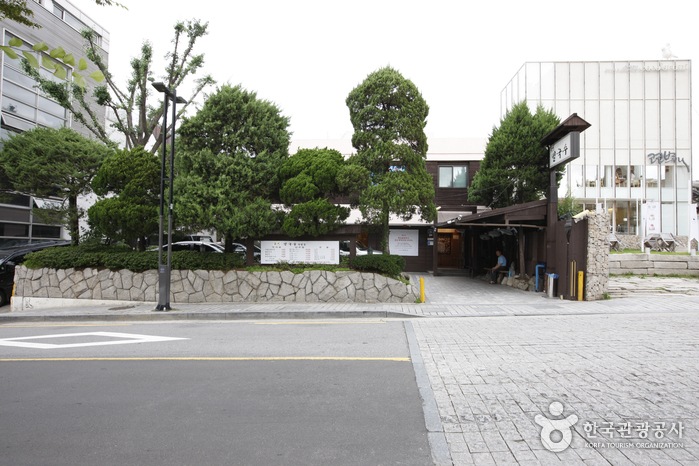
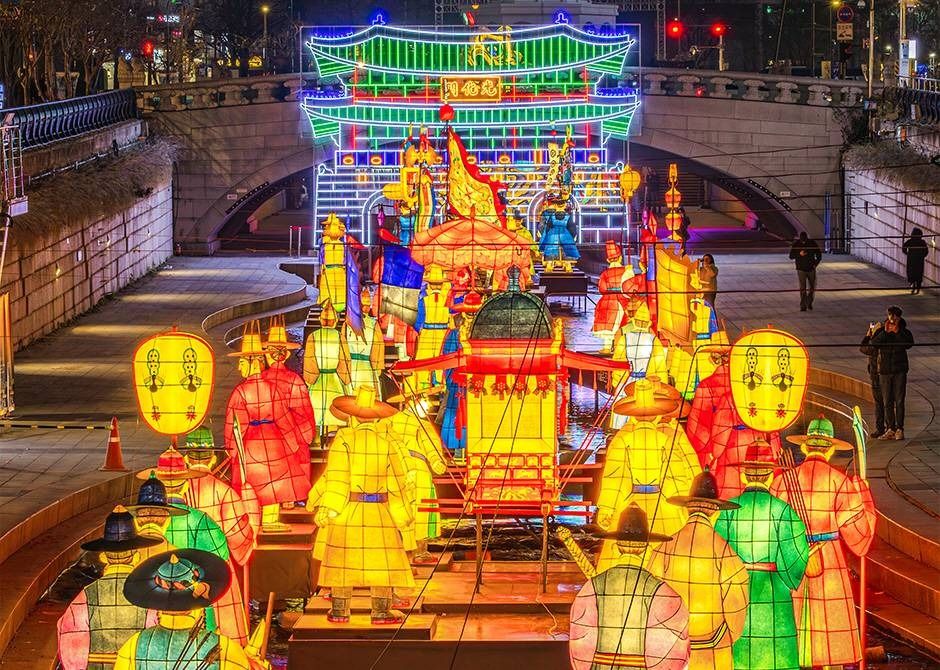
 Español
Español
 한국어
한국어 English
English 日本語
日本語 中文(简体)
中文(简体) Deutsch
Deutsch Français
Français Русский
Русский